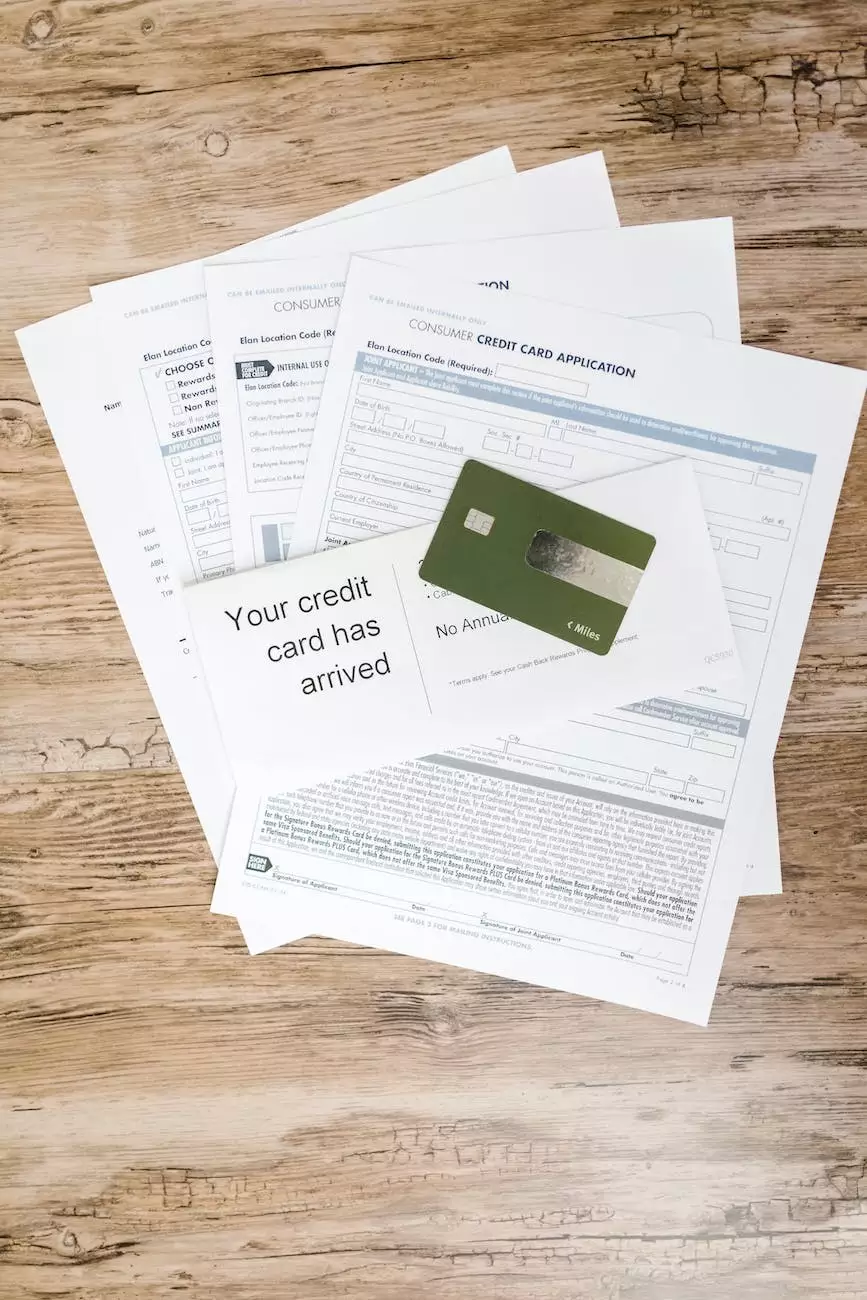Don't Get Reeled In by Email Phishing Scams

Understanding Email Phishing
Email phishing scams have become increasingly prevalent in today's digital world. As a responsible member of the online community, it is crucial to equip yourself with the knowledge and tools to identify and prevent falling victim to these malicious attacks.
What is Email Phishing?
Email phishing is a fraudulent activity where cybercriminals impersonate reputable individuals or organizations to deceive recipients into revealing sensitive information such as login credentials, financial details, or personal data. These scammers often use cunning tactics, such as creating fake websites and convincing email content, to trick unsuspecting users into sharing their information.
The Warning Signs
Recognizing the warning signs of an email phishing scam is essential in protecting yourself and your personal information. Here are some common red flags to look out for:
- Generic Greetings: Phishing emails often begin with generic greetings like "Dear Customer" instead of addressing you by your name.
- Urgent Requests: Scammers create a sense of urgency or fear in their emails, pressuring recipients to act quickly without thinking.
- Unfamiliar Sender or Email Address: Check the sender's email address carefully. Legitimate organizations will use official domain emails.
- Spelling and Grammatical Errors: Phishing emails may contain typos, grammatical mistakes, or poor language usage.
- Unusual Email Attachments or Links: Be cautious of unexpected attachments or suspicious links, as these can lead to malware or fraudulent websites.
Protecting Yourself and Staying Safe
Keep yourself protected by following these best practices:
1. Think Before You Click
Exercise caution when clicking on links or downloading attachments, especially if the email seems suspicious. Hover over links to view the actual destination URL before clicking.
2. Verify the Sender
Double-check the sender's email address and verify their identity by contacting the organization directly through their official website or phone.
3. Be Wary of Urgency
Be skeptical of emails that demand immediate action. Legitimate organizations typically provide a reasonable timeframe for any required actions.
4. Keep Your Software Updated
Regularly update your operating system, web browsers, and antivirus software to ensure you have the latest security patches and protections against phishing attempts.
5. Use Strong and Unique Passwords
Create strong, complex passwords for your online accounts and avoid reusing them across different platforms. Consider using a password manager to securely store your credentials.
Reporting Phishing Attempts
If you receive a phishing email, it's important to report it. By reporting these scams, you can help protect others from falling victim to similar fraudulent activities. Most email service providers offer a simple way to report phishing attempts directly from their platforms.
Stay Informed with Social Service of America
At Social Service of America, we are committed to promoting community awareness and keeping our readers informed about important topics like email phishing and other online threats. Stay connected with us to receive valuable insights, tips, and resources to enhance your digital safety.
Conclusion
Protecting yourself from email phishing scams is crucial in maintaining online security and privacy. By staying vigilant and following the recommended guidelines, you can significantly reduce the risk of falling victim to these fraudulent schemes. Remember, your personal information is valuable – don't let scammers reel you in!









